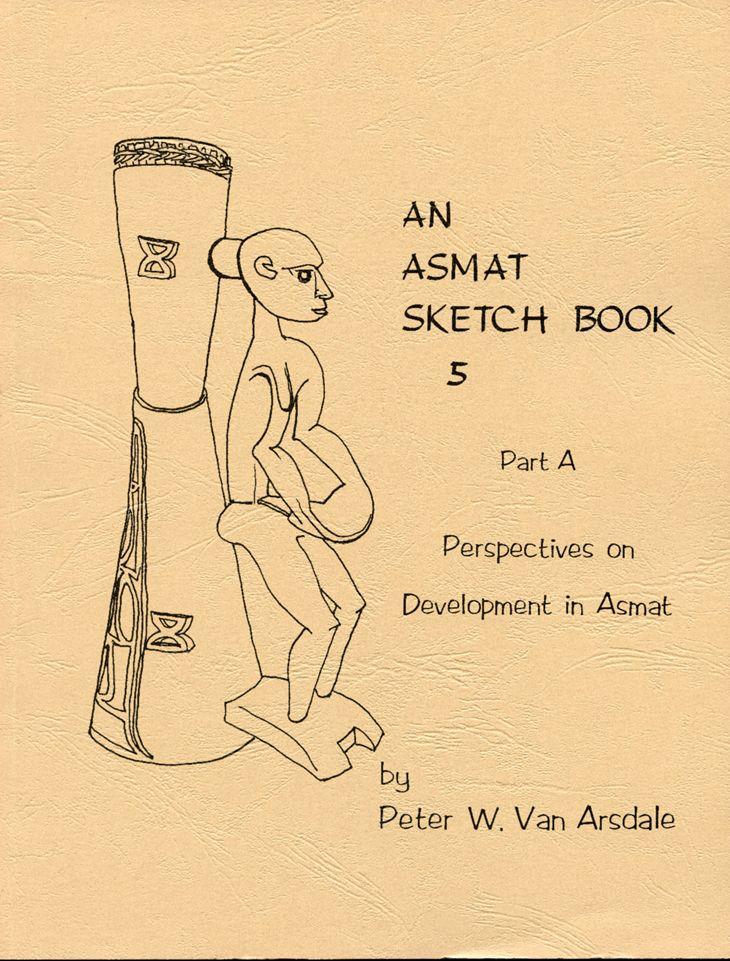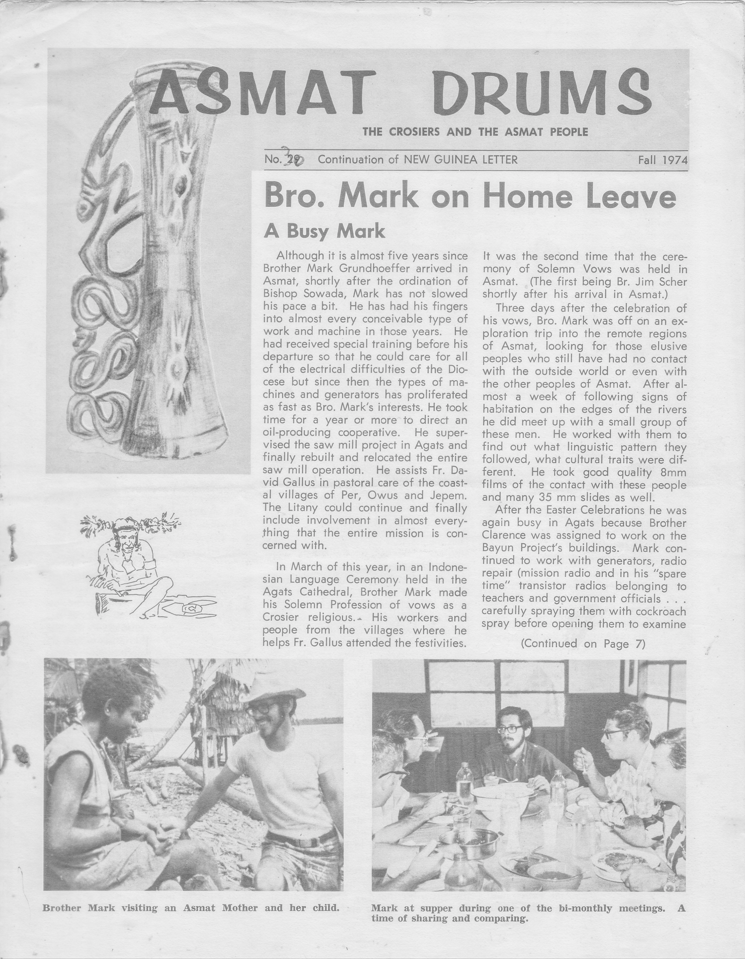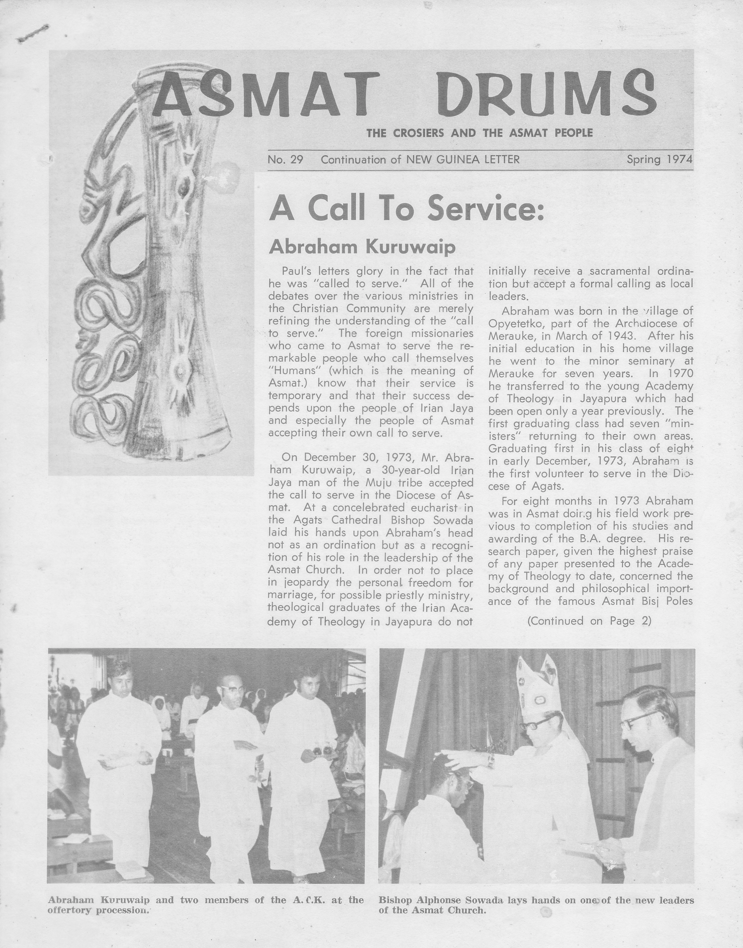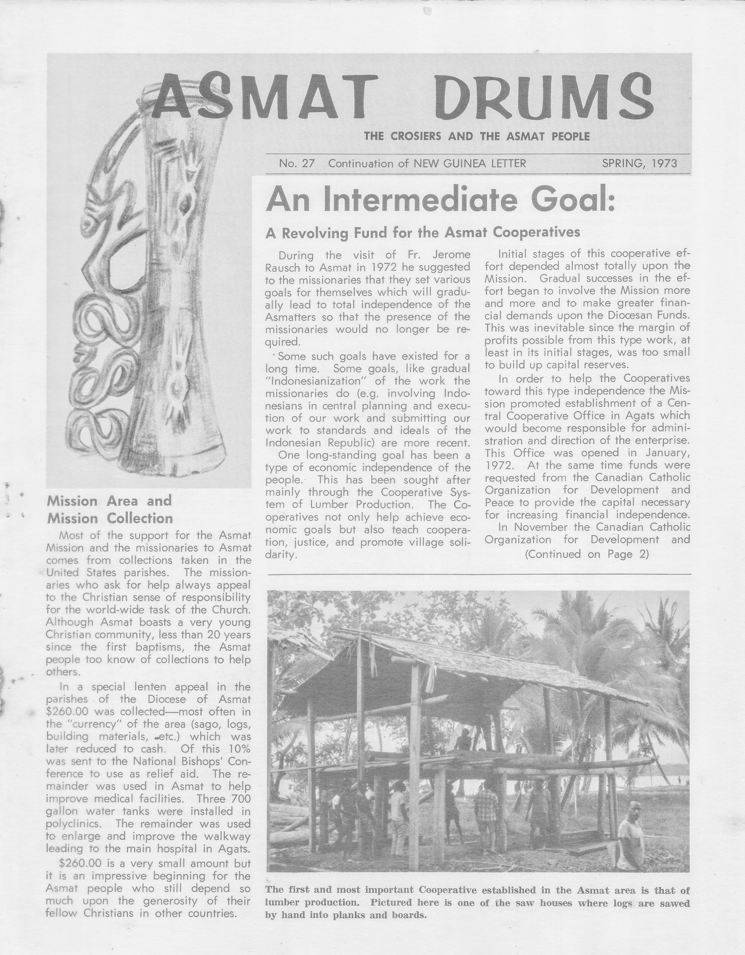Acknowledgment
During the preparation, fieldwork, data analysis, and writing of this study I was assisted on many occasions by a number of individuals and organizations. Often, they made special efforts or put in long hours on my behalf, without even asking for thanks. I would like to express my appreciation to all of them. Without their aid this research would not have been possible.
Above all, special thanks go to my wife, Kathleen Van Arsdale. Her enthusiasm, hard work, cheerful assistance, and long years of encouragement were the keystones to whatever success I have experienced. My parents, Marjorie and Wayne Van Arsdale, provided continual encouragement and assistance throughout.
The contributions of Prof. Gottfried O. Lang were given freely, enthusiastically, and in a manner which significantly influenced my entire course of study at the University of Colorado. His aid as both advisor and friend has been immeasurable. The contributions of Professors David Greene, Paul Shankman, and W. Richards Smith were also extremely important, especially in the analysis of the data and its manner of presentation. Prof. Robert Hackenberg pro- vided valuable advice and also aided me through my affiliation with the Institute of Behavioral Science’s Research Training Program in Culture Change. The fellowship which I received through this program under the auspices of the National Institute of Mental Health, made much of my research in Irian Jaya possible.
Sister of Mary Mediatrix, stationed in Asmat, helped me in a variety of ways, as did the mission staff. Pilots and staff of Associated Mission Aviation (A.M.A.) not only assisted in flights from Sentani to Ewer, they provided housing and good food as well.
The assistance and flexibility shown by members of the local Indonesian government office in Agats went a long way to ensuring that my fieldwork was completed successfully. In particular, 1 would like to thank Camat Joseph B. Omberep.
Other persons and organizations to whom I am indebted include Dr. R. Reed Johnson, M.D., for his kind medical advice and donation of medical supplies; the staff of the University of Colorado Computing Center and its affiliate in the Institute of Behavioral Science; the staff of the Bernice P. Bishop Museum in Honolulu, Hawaii; the Phoek Koek Tjoeng family of Agats; and those persons who tirelessly and enthusiastically typed the text—Judy Fukuhara, Pam Lipton, Shirlee Mueller, and Jean Umbreit. Special thanks go to Pam and Bill Beuthel for the encouragement they provided, and their efforts typing much of the text and drawing the four village maps.
I dedicate this study to my Asmat friends. Their contributions of information were at all times complemented by enthusiasm, humor, and friendship. The people of the villages of Ewer, Owus, Syuru, Yepem, and Agats were a pleasure to work with. I would like to sin- Henrikus Aman, gle out those young men who so ably assisted me: Beda Ar, Kasmirus Bacim, Kiriakus Bui, Caspar Cawi po, Paskalis Dipakam, Johannes Konam, and Cornelius Owespits.
Peter W. Van Arsdale
July 1, 1975
A Series On The Asmat People
Edited: Frank A. Trenkenschuh, O.S.C.
Publisher: The Asmat Museum Of Culture and Progress
Year: 1978




